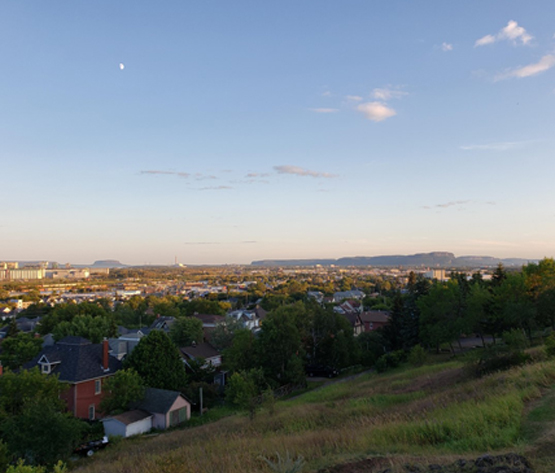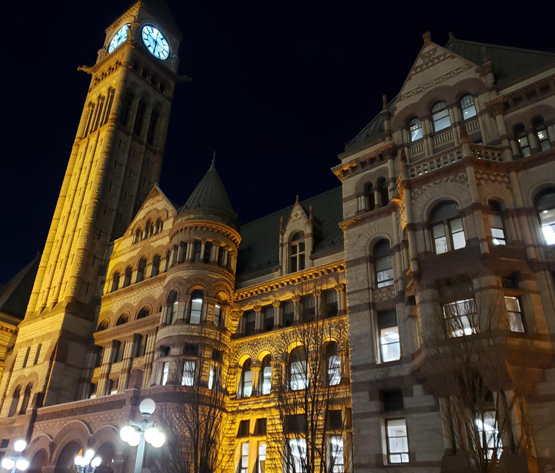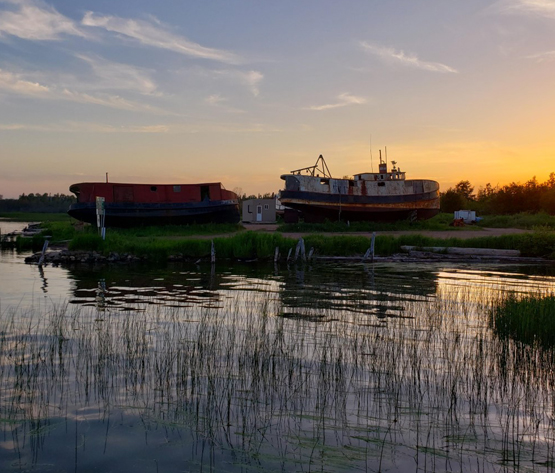-
ee@esquegalaw.com
Email Us -
1-888-274-8801
Call Us
ee@esquegalaw.com
Email Us
1-888-274-8801
Call Us


Etienne has extensive experience in advising First Nation Bands, organizations, and commercial entities on a wide range of issues ranging from governance matters to corporate issues. This is why Etienne went to law school and became a lawyer.
Aboriginal law in Canada is incredibly complex due to its colonial history and the ongoing effects of colonialism. There are numerous treaties, laws, and court cases that all have an impact on Indigenous peoples’ rights and access to justice. The Indian Act, enacted in 1876, is still in place and has been used to limit and control Indigenous peoples’ access to land and resources. The Truth and Reconciliation Commission’s Calls to Action have brought attention to the need for reconciliation between Indigenous and non-Indigenous peoples, yet progress on these Calls has been slow. The Indian Act, treaties, and court cases are just a few examples of the complexity of Aboriginal law in Canada. The history, culture, and issues facing Indigenous peoples are complex and require thoughtful consideration and action.
Etienne routinely advises clients on their historical claims against the governments and industry due to claims arising from the unlawful trespassing and taking of resources and has experience with the specific claims process.
Etienne assists First Nation clients with negotiating and implementing their energy, mining, and forestry deals.
He also provides advice in the following areas of Indigenous Legal Issues (Aboriginal Law):

Etienne assists clients with commercial matters such as: preparing contracts, incorporations, joint ventures, limited partnerships, shareholder agreements, creation of trusts, debt collection, and commercial liens.
Etienne has a unique and distinguished experience with helping his Indigenous clients pursue their economic and development goals with various forms of business entities. He has a profound appreciation for the fact that Indigenous businesses in Canada are different from non-Indigenous businesses in several ways. Indigenous businesses are more likely to be located in remote and rural areas, have a higher gross income on average, and employ more people. They are also more likely to focus on providing culturally sensitive services to their local Indigenous communities, and providing cultural services to the wider community. Indigenous businesses also have a strong commitment to sustainable business practices, and are focused on preserving and revitalizing Indigenous cultures. They often partner with non-Indigenous organizations to provide training and employment opportunities to Indigenous people. Additionally, Indigenous businesses have access to special funding and initiatives from the federal and provincial governments, allowing them to grow and develop their businesses.
There are several types of Indigenous business entities in Canada, including sole proprietorships, limited companies, cooperatives, partnerships and not-for-profit organizations. All of these entities must ensure that Indigenous people have at least 51% ownership and control of the business in order to be considered an Indigenous business. Joint ventures, which involve both Indigenous and non-Indigenous businesses, are also eligible for Indigenous business contracts.
Limited partnerships are a form of business structure that allows investors to pool their resources and limit their liability. In the context of Indigenous business in Canada, limited partnerships can be used to facilitate business relationships between Indigenous and non-Indigenous partners. Limited partnerships offer several advantages, such as reducing the risk of financial losses for both parties, providing additional capital for business operations, and enabling the parties to benefit from each other’s expertise. Limited partnerships also offer tax advantages, as the partners are taxed separately.
In a limited partnership, a general partner is appointed and responsible for managing all of the partnership’s operations. Subject to any rights of approval that may be required in a partnership agreement, the general partner generally has full voting power on the partnership business and may incur obligations on behalf of the partnership. The limited partners, on the other hand, is an investor who generally does not make decisions for the partnership. They cannot take an active role in the business and their liability for the partnership’s debts generally do not exceed the amount that they invested in the company unless they provide a specific guarantee for more. This limited role of the limited partners is essential for keeping the limited partners’ liability limited.
Setting up a limited partnership in Ontario involves meeting certain legal requirements and registering the partnership with the government. First, the parties involved should draft a limited partnership agreement, which must include the names of the partners, the purpose of the partnership, and how the profits and losses will be shared. The agreement must be signed by the partners. The limited partners will usually set up a unique corporation to act as the general partner for the partnership, with an independent board of directors appointed to oversee the operations. The general partner will be responsible for filing the partnership’s tax returns and other documents as required. Additionally, the partnership must have a registered office in Ontario. Finally, the partnership must be registered (or declared) with the Ministry of Finance.

Etienne represents clients before various courts, tribunals, and other administrative bodies on a wide range of civil litigation issues such as legal issues concerning Aboriginal rights, estate disputes, employment law, taxation, bankruptcy matters, debt collection, commercial disputes, construction law, forestry liens, storage liens, wrongful dismissal, human rights, and coroner’s inquests.
For example, Etienne was counsel to the Northern Nishnawbe Education Council in the 8-month long 7 First Nation Youth Inquest that concluded in 2016 and resulted in 145 recommendations aimed at making the situation safer for First Nation kids who have to attend school in Thunder Bay. The inquest was said to be one of the largest First Nation specific inquests in the history of Ontario.
Some other current and past engagements that Etienne has and is counsel on include:
